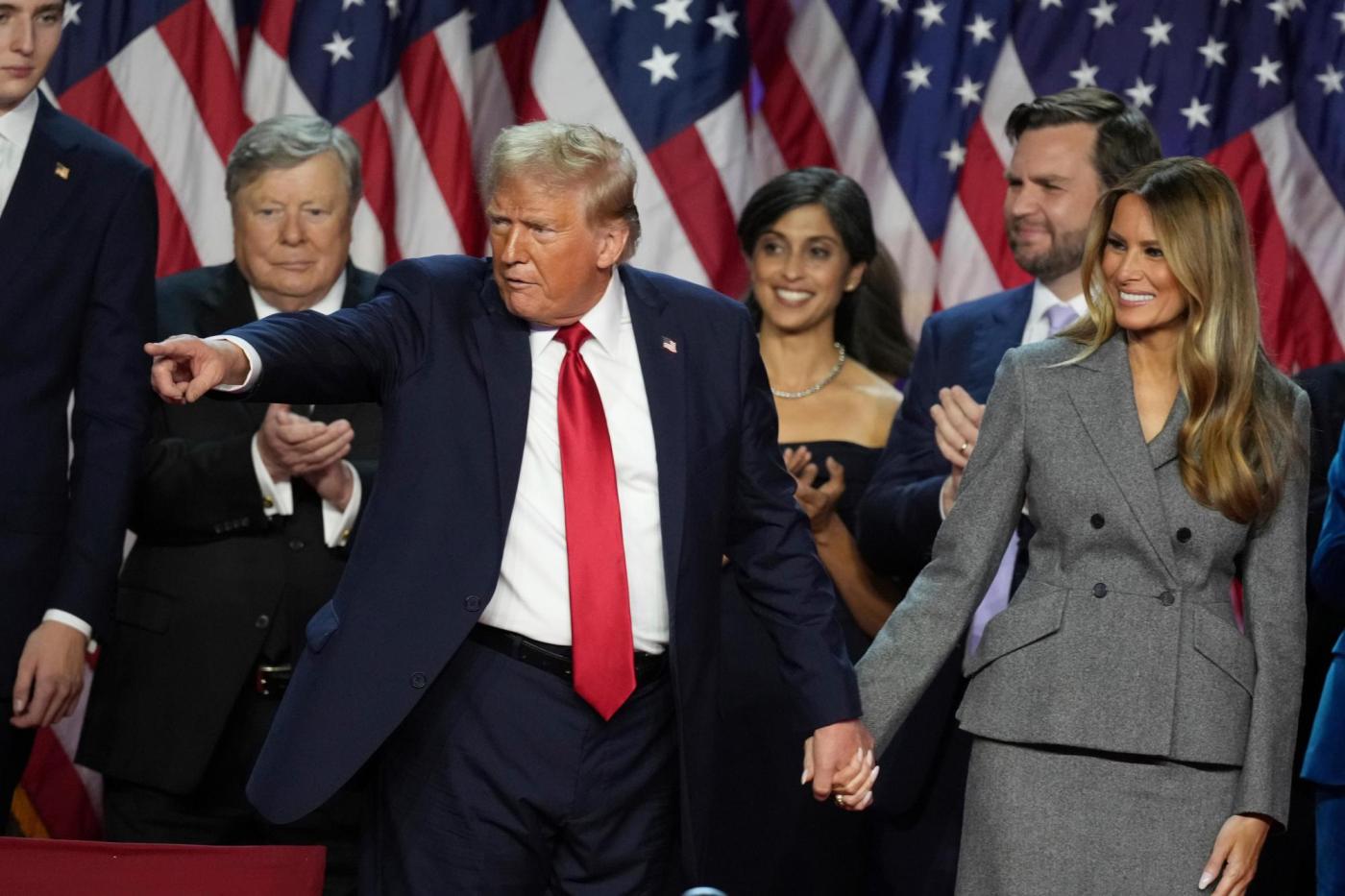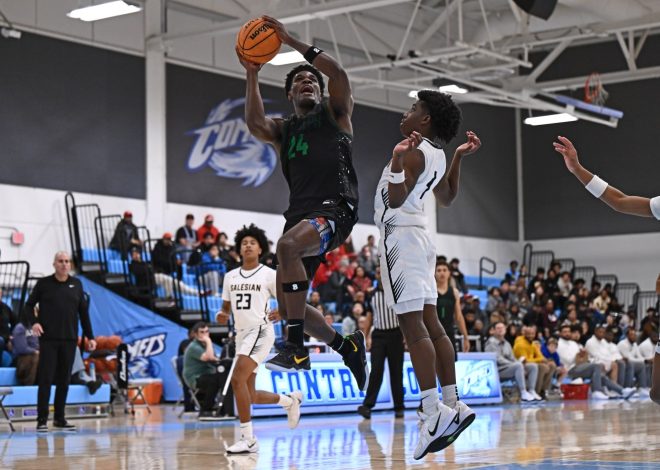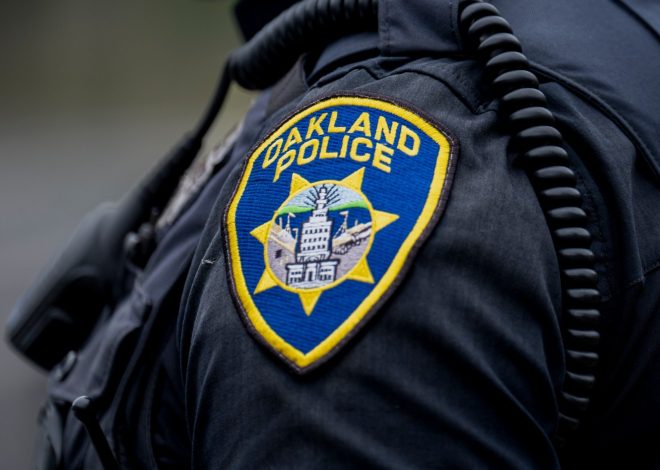
Donald Trump’s transition starts now. Here’s how it will work
By WILL WEISSERT, Associated Press
WASHINGTON (AP) — Donald Trump ‘s impending return to the White House means he’ll want to stand up an entirely new administration from the one that served under President Joe Biden. His team is also pledging that the second won’t look much like the first one Trump established after his 2016 victory.
The president-elect now has a 75-day transition period to build out his team before Inauguration Day arrives on Jan. 20. One top item on the to-do list: filling around 4,000 government positions with political appointees, people who are specifically tapped for their jobs by Trump’s team.
That includes everyone from the secretary of state and other heads of Cabinet departments to those selected to serve part time on boards and commissions. Around 1,200 of those presidential appointments require Senate confirmation, which should be easier with the Senate now shifting to Republican control.
Here’s what to expect:
What will the transition look like?
Though the turnover in the new administration will be total, Trump will be familiar with what he needs to accomplish. He built an entirely new administration for his first term and has definite ideas on what to do differently this time.
He’s already floated some names.
Trump said at his victory party early Wednesday that former presidential hopeful and anti-vaccination activist Robert Kennedy Jr. will be tapped to “help make America healthy again,” adding that “we’re going to let him go to it.” Ahead of the election, Trump didn’t reject Kennedy’s calls to end fluoridated water. Trump has also pledged to make South African-born Elon Musk, a vocal supporter of the Trump campaign, a secretary of federal “cost-cutting,” and the Tesla CEO has suggested he can find trillions of dollars in government spending to wipe out.
The transition is not just about filling jobs. Most presidents-elect also receive daily or near-daily intelligence briefings during the transition.
In 2008, outgoing President George W. Bush personally briefed President-elect Barack Obama on U.S. covert operations. When Trump was preparing to take office in 2016, Obama’s national security adviser, Susan Rice, briefed Michael Flynn, her designated successor in the new administration. In 2020, Trump’s legal challenges of the election’s results delayed the start of the transition process for weeks, though, and presidential briefings with Biden didn’t begin until Nov. 30.
Who is helping Trump through the process?
Trump’s transition is being led primarily by friends and family, including Kennedy Jr. and former Democratic presidential candidate Tulsi Gabbard, as well as the president-elect’s adult sons, Donald Trump Jr. and Eric Trump, and his running mate, JD Vance. Transition co-chairs are Cantor Fitzgerald CEO Howard Lutnick and Linda McMahon, the former wrestling executive who previously led the Small Business Administration during Trump’s first term.
Related Articles
Trump promises to bring lasting peace to a tumultuous Middle East. But fixing it won’t be easy
Nearly a decade after pleading guilty, ‘Fat Leonard’ is sentenced in massive Navy bribery scandal
U.S. Department of Agriculture bans school lunch fees for low-income families
Philp: S.F. uses ocean as its toilet and wants to flush a key environmental law
Donald Trump has sweeping plans for a second administration. Here’s what he’s proposed
Lutnick said this year’s operation is “about as different as possible” from the 2016 effort, which was first led by Chris Christie. After he won eight years ago, Trump fired Christie, tossed out plans the former New Jersey governor had made and gave the job of running the transition to then-Vice President-elect Mike Pence.
At the start of his first term, Trump assembled an original Cabinet that featured some more mainstream Republicans and business leaders who ultimately disappointed, or broke publicly with him, or both. This time, Trump has promised to value loyalty as much as possible — a philosophy that may ensure he makes picks that are more closely aligned to his ideological beliefs and bombastic professional style.
Unlike the campaign of Democratic Vice President Kamala Harris, Trump’s team didn’t sign any pre-Election Day transition agreements with the General Services Administration, which essentially acts as the federal government’s landlord. He has therefore already missed deadlines to agree with GSA on logistical matters like office space and tech support and with the White House on access to agencies, including documents, employees and facilities.
New transition rules
In 2020, Trump argued that widespread voter fraud — which hadn’t actually occurred — cost him the election, delaying the start of the transition from his outgoing administration to Biden’s incoming one for weeks.
Four years ago, the Trump-appointed head of the GSA, Emily Murphy, determined that she had no legal standing to determine a winner in the presidential race because Trump was still challenging the results in court. That held up funding and cooperation for the transition.
It wasn’t until Trump’s efforts to subvert election results had collapsed across key states that Murphy agreed to formally “ ascertain a president-elect ” and begin the transition process. Trump eventually posted on social media that his administration would cooperate.
To prevent that kind of holdup in future transitions, the Presidential Transition Improvement Act of 2022 mandates that the transition process begin five days after the election — even if the winner is still in dispute. That is designed to avoid long delays and means that “an ‘affirmative ascertainment’ by the GSA is no longer a prerequisite for gaining transition support services,” according to agency guidelines on the new rules.
The uncertainty stretched even longer after the 2000 election, when five weeks elapsed before the Supreme Court settled the contested election between Republican George W. Bush and Democrat Al Gore. That left Bush with about half the usual amount of time to manage transitioning the government from the outgoing Clinton administration. That ultimately led to questions about national security gaps that may have contributed to the U.S. being underprepared for the Sept. 11 attacks the following year.


